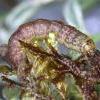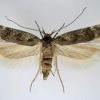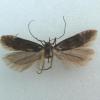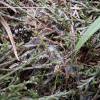35.090 Prolita solutella (Zeller, 1839)
Status and Distribution
Scarce, with recent records indicating there are only two remaining areas for this species - in Cornwall and the Scottish Highlands. Last recorded in northern England in 1921.
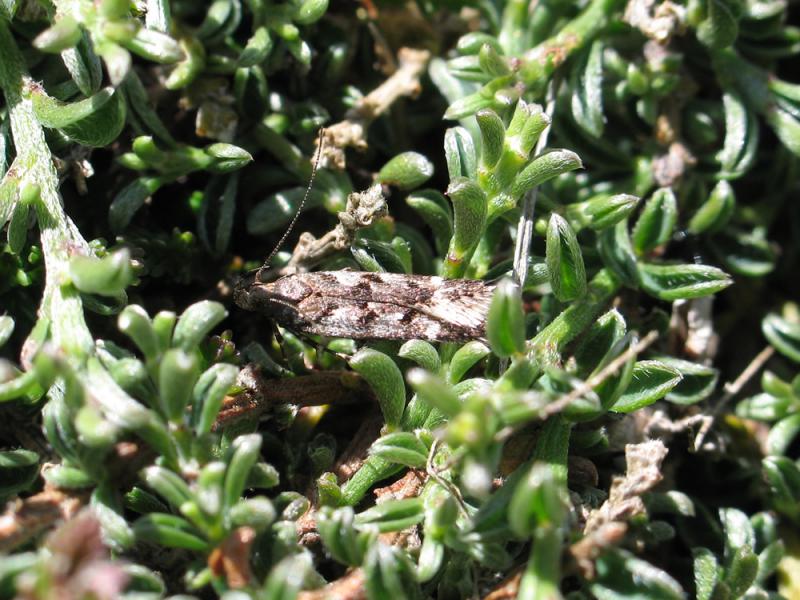
Provisional map
Foodplant and Larval Feeding Signs
On the prostrate form of Genista anglica (petty whin) in Scotland (plant distribution map shows all forms of G. anglica) and Genista pilosa (hairy greenweed) and Genista tinctoria ssp. littoralis (dyer's greenweed) in Cornwall. In Europe also recorded on Cytisus sp. (broom).
In a silken tube near the ground. Sometimes the tube can extend upwards on a plant stem where the foodplant (in this case Genista tinctoria spp. littoralis) is against or very close to a suitable adjacent vertical structure, such as an upright stone.
Habitat
Finding the Moth
Larva: in a silken tube at the base of the plant (in Scotland the moth utilises the prostrate form of its foodplant) from late June to mid-September.
Adult: flies in sunshine making short flights close to the ground, can be disturbed during mid-morning and occasionally comes to light.
In view of the scarcity of this species in England, it is recommended that no collection of larvae or adults takes place at the Cornish colony. Should the species be suspected from a new or previously known site in England it may be necessary to retain a single voucher specimen. Do please pass the details to your County Moth Recorder.
Similar Species
Some smaller examples of Prolita solutella which has a wingspan from 16-21mm (P. sexpunctella is 13-17mm), with the forewings light grey and with black fasciae, are similar to P. sexpunctella. The species can be separated by the presence of the whitish distal area on each segment of the abdomen in P. sexpunctella, absent in P. solutella.
Single brooded from mid-May to late June.
Earliest: 14th May 1998 (VC96)
Latest: 1st July 1909 (VC96)



